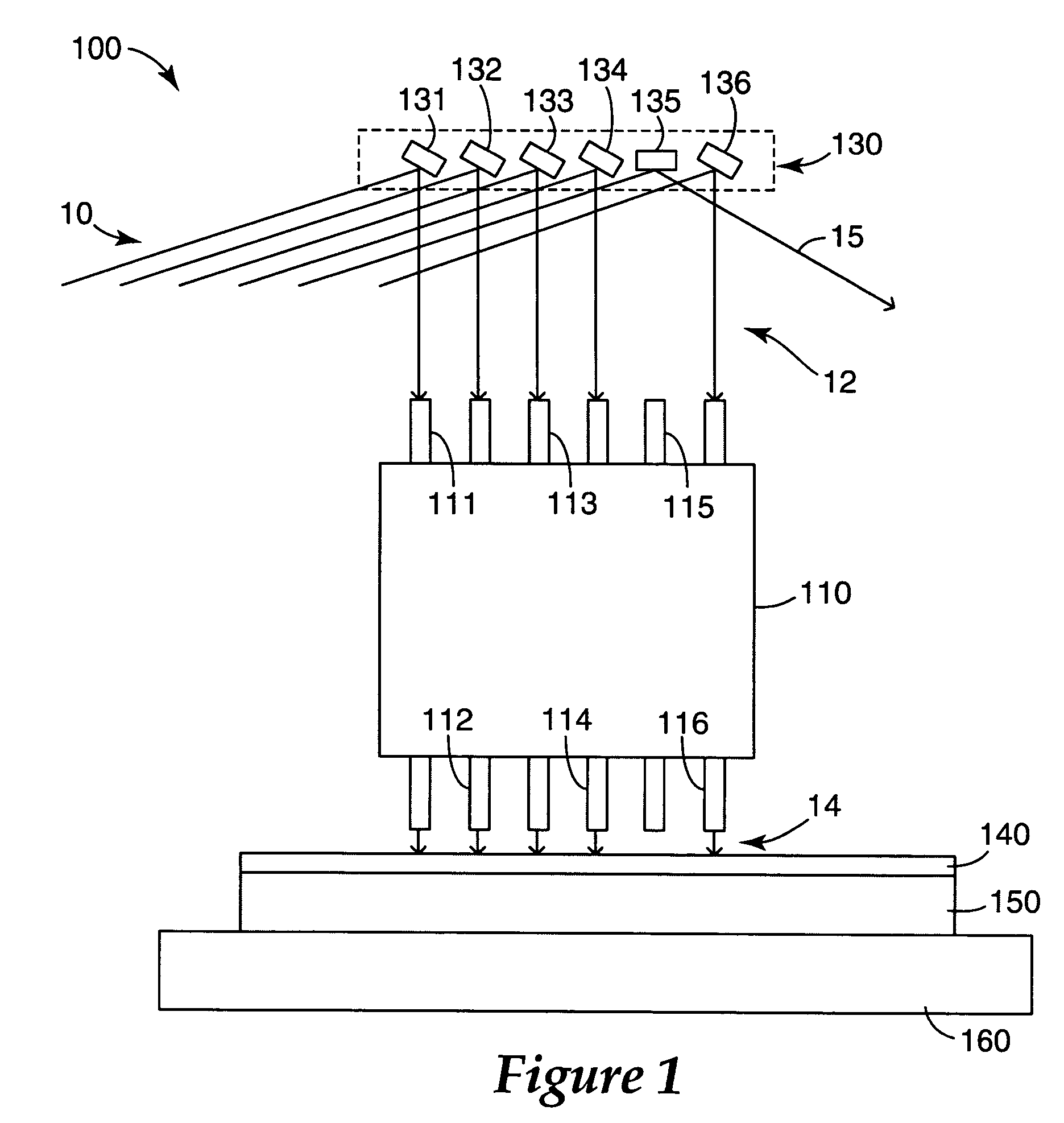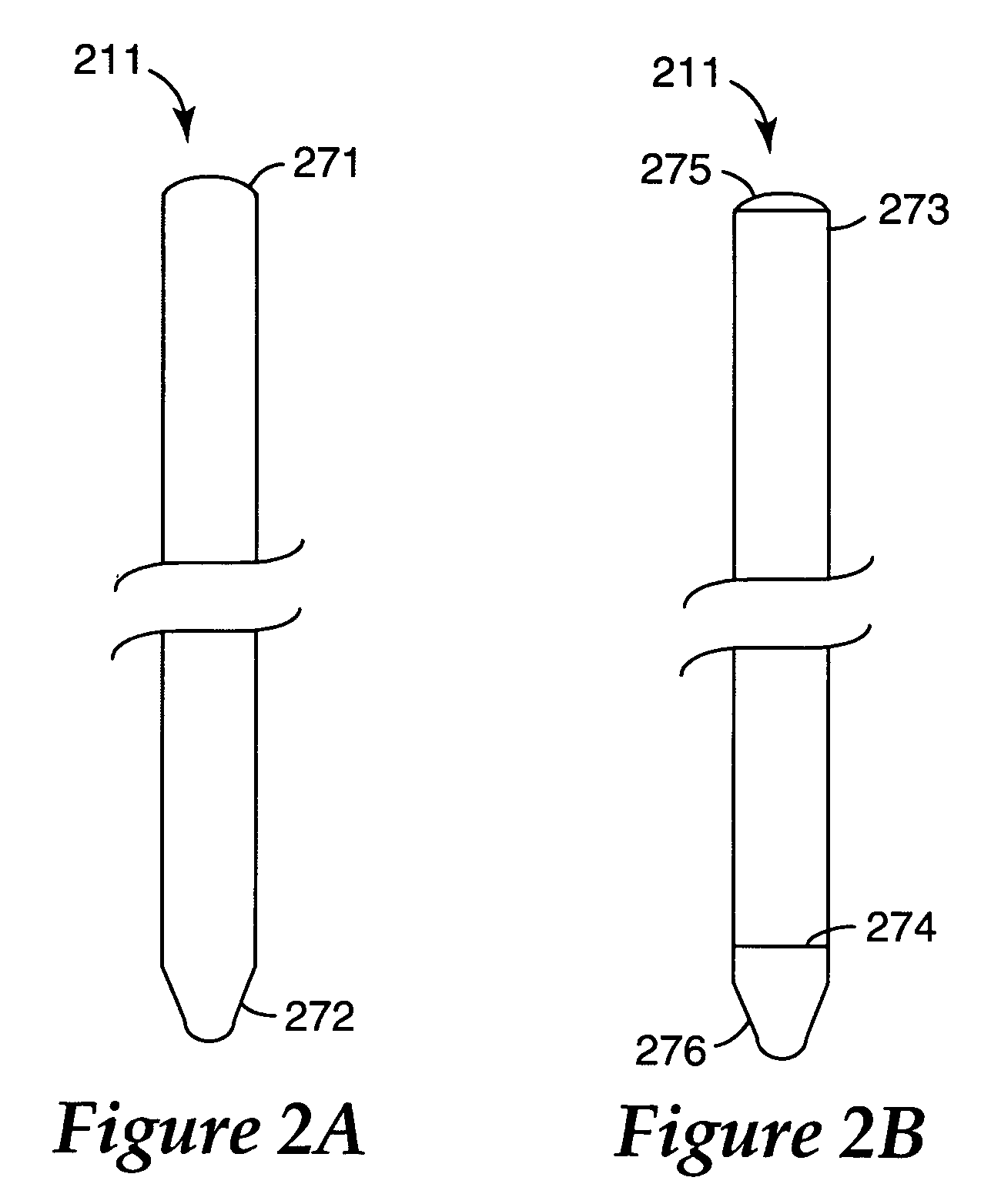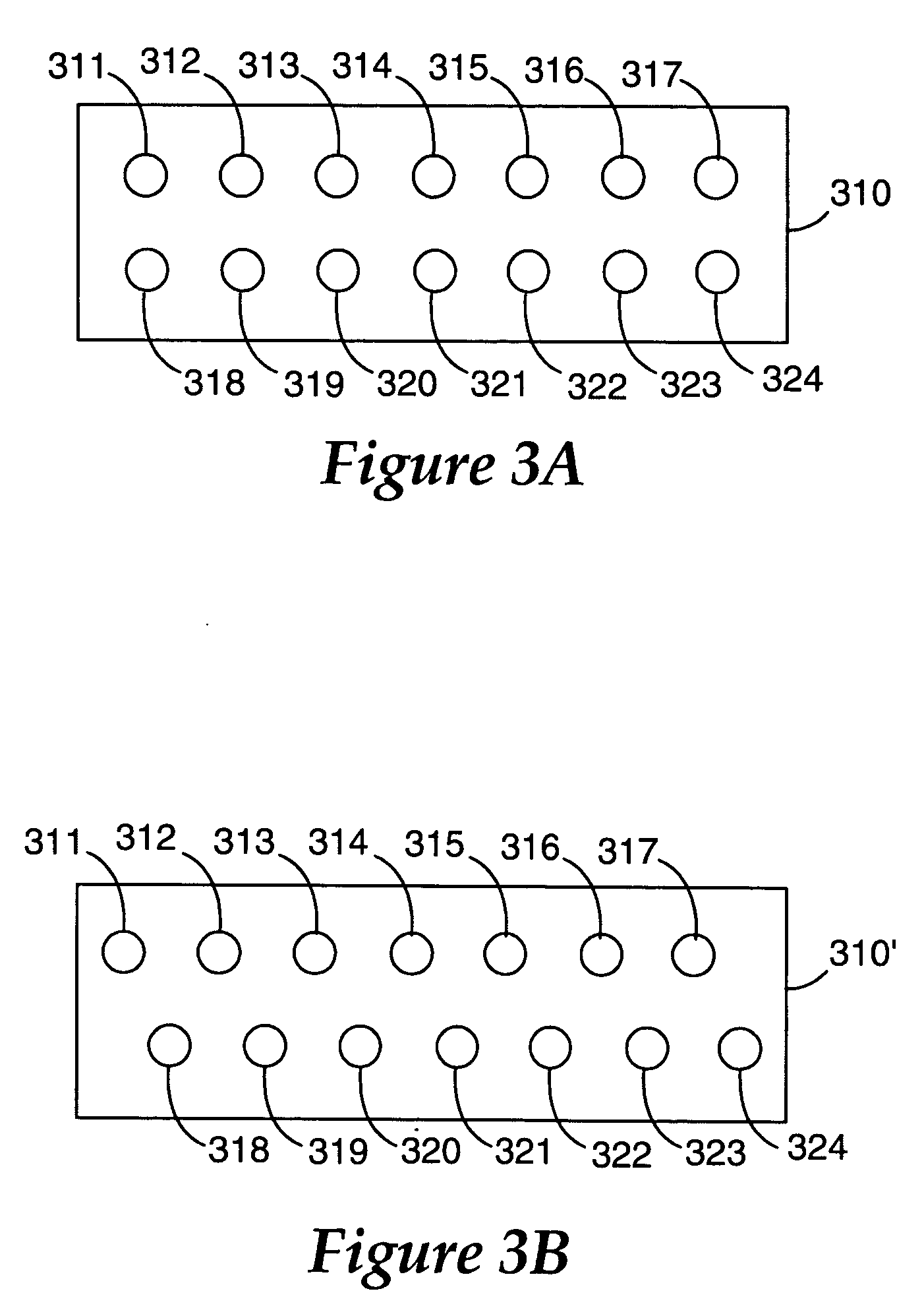Lensed fiber array for sub-micron optical lithography patterning
a fiber array and sub-micron optical lithography technology, applied in the field of image writing and exposure systems, can solve the problems of manufacturing difficulties, operational difficulties, and increased cost of fabrication, inspection and handling of masks for use in conventional exposure systems, and achieve the effect of avoiding the need for precise alignment of multiple elements and avoiding the need for masks
- Summary
- Abstract
- Description
- Claims
- Application Information
AI Technical Summary
Problems solved by technology
Method used
Image
Examples
Embodiment Construction
[0020] Reference will now be made in detail to the exemplary embodiments, examples of which are illustrated in the accompanying drawings. Wherever possible, the same reference numbers will be used throughout the drawings to refer to the same or like parts.
[0021] As used herein, the term “pitch” refers to a center-to-center distance between two lines written in a radiation sensitive material by adjacent waveguides, such as, for example, optical fibers.
[0022] As used herein, the terms “detector” and “optical detector” refer to any component or system of components that can detect light including, for example, a charged coupled device (CCD), a photodiode or a photodiode array, a complimentary metal-oxide semiconductor (CMOS) sensor, a CMOS array, and a photomultiplier tube (PMT).
[0023]FIGS. 1-9 disclose exposure systems for image writing in accordance with exemplary embodiments of the present teachings. The exemplary exposure systems include a modulator to modulate light and a waveg...
PUM
| Property | Measurement | Unit |
|---|---|---|
| velocity | aaaaa | aaaaa |
| photosensitive | aaaaa | aaaaa |
| feature size | aaaaa | aaaaa |
Abstract
Description
Claims
Application Information
 Login to View More
Login to View More - R&D
- Intellectual Property
- Life Sciences
- Materials
- Tech Scout
- Unparalleled Data Quality
- Higher Quality Content
- 60% Fewer Hallucinations
Browse by: Latest US Patents, China's latest patents, Technical Efficacy Thesaurus, Application Domain, Technology Topic, Popular Technical Reports.
© 2025 PatSnap. All rights reserved.Legal|Privacy policy|Modern Slavery Act Transparency Statement|Sitemap|About US| Contact US: help@patsnap.com



